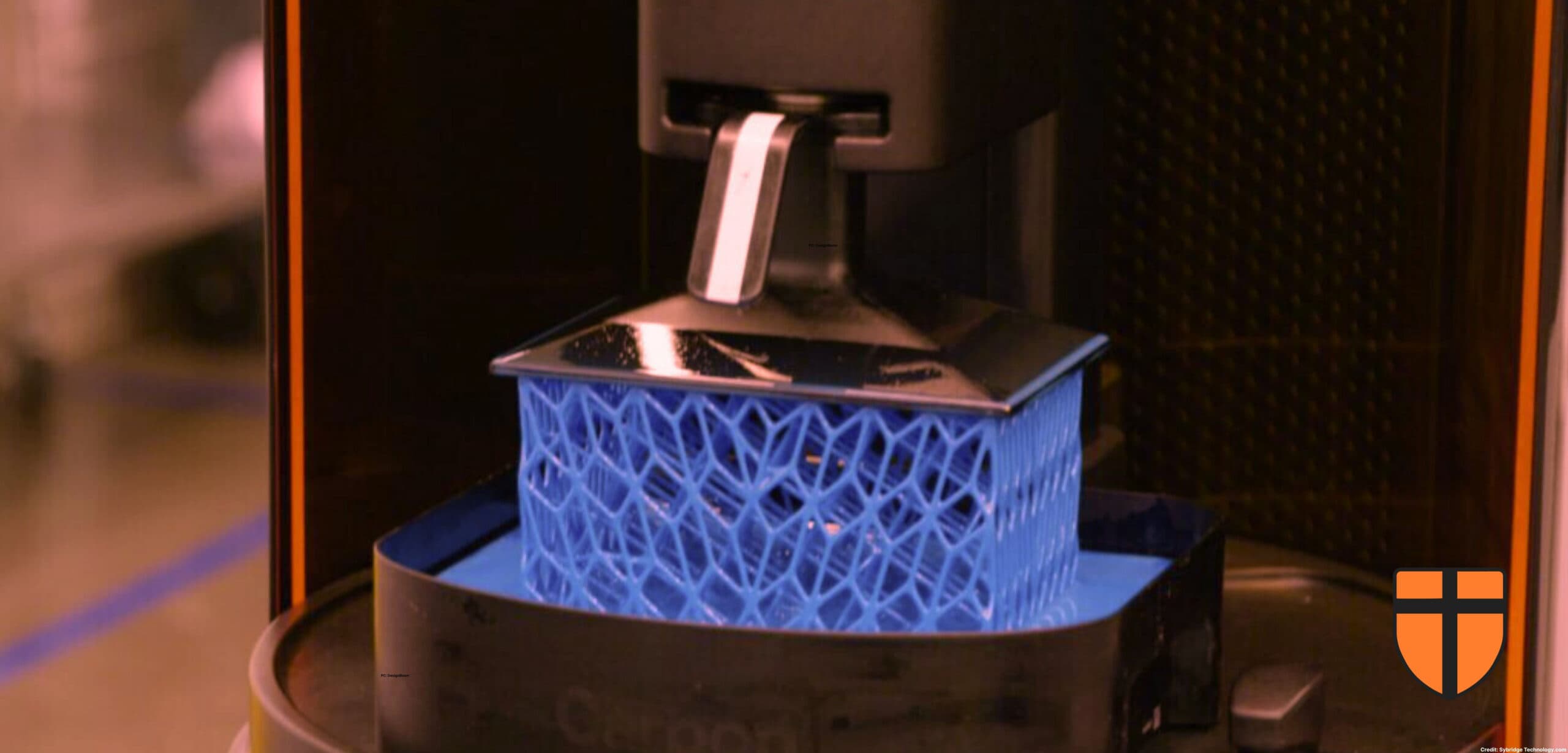
Moving Without a Trace

A multinational team led by researchers at ShanghaiTech came out with a novel technology with major repercussions for biomedicine and computing. They managed to use an ultrasonic beam to dewet a particle of fluid such that it could be precisely maneuvered over hydrophilic surfaces. Imagine moving a droplet of water over a sponge with the sound of your voice. That’s basically what researchers did, but the sound used registered at 2.8 megahertz. The human ear can only register between 20 and 20,000 hertz, while this frequency is 2,800,000 hz! Let’s learn something about how such a high frequency can have the effect of dewetting a little particle of water.
Any sound with frequency greater than 20,000 hz is called ultrasound, because it is higher than we can hear. The focused ultrasonic beam causes the fluid inside a water droplet to swirl and cling to itself. When the ultrasonic soundwave is shot at the water droplet, it seeks to be inside the focal point of the soundwave. Because all of the water cannot fit inside the focal point of the sound wave, the water swirls and swirls around itself. This phenomenon is called acoustic streaming.
Lord Raleigh, around the late 19th century, was the first to mathematically model acoustic streaming. The practice of material manipulation with sound waves has been around since the early 20th century with Bucks and Müller. They levitated tiny droplets of alcohol in the air between a piezoelectric transducer and a reflective surface. A piezoelectric transducer is a piece of equipment that turns mechanical pressure into electricity and electrical power into mechanical pressure. When Bucks and Müller went about doing this experiment, they utilized the reflective surface to make a standing wave with the transducer.
A standing wave is the result of two waves, either coming from the original sound and its reflection (in this case) or from two waves coming from opposite directions so as to cancel one another perfectly. The result is a special kind of wave whose nodes are in the same place, and do not move back and forth. When one frequency is phased up, the other is phased down, and vice versa.
A node in a wave is a region where the high and low pressure areas meet. When an object is larger than 1/10 of the size of the wavelength of the sonic wave, it will be held in the node of the soundwave by immensely fast alternating pressures, which enables acoustic levitation, or acoustic streaming. The focal point of the sound waves employed in the experiment was 680 micrometers, while the water droplet was a couple millimeters in diameter. Because the droplet is much larger than the acoustic focal region and cannot uniformly “sit” inside the high-pressure focus, internal flows and oscillatory stresses push back the liquid and either levitates the liquid, or dewets the surface. Where only materials with certain magnetic properties are able to be levitated magnetically, acoustic levitation doesn’t take such things into account. It works with plastic just as well as iron. The only catch is that there is a weight and size limit.
The technique of acoustic dewetting enables microfluidics – super precise manipulation of liquids – on superhydrophilic surfaces like organs or sponges. Microfluidics is of the utmost importance when it comes to manufacturing computer chips and other kinds of minuscule technology. This means that not only can this technique perhaps open doors that were closed in fields such as biotechnology, where microtech could intersect with living tissue. The key to the locks lies in its dewetting capacity.

A liquid is dewetted when it resists full contact to a surface. Young, a preeminent thinker on the topic of fluid dynamics, describes dewetting in his impactful essay, ‘On the Cohesion of Fluids,’ he states that the fully wetted substrate makes a zero degree contact-angle with the liquid, which is scarcely possible to happen in the real world, but they come close. Suffice it to say that the smaller the contact angle, the more wet a surface is; the higher the contact angle, the less wet a surface is.
While dewetting is not levitation, because the liquid affected always remains in contact with a surface, there remain some similarities between the two. While levitation is acoustic streaming of the whole particle, dewetting is the acoustic streaming of the inside of the water droplet. This causes the contact angle of the liquid and the substrate to retreat.
The researchers achieved a contact angle between liquid and substrate of 86 degrees. Upon motion the difference between the angle of the fluid in the direction of motion to the trailing edge of the droplet was reported around 13 degrees, which made for an advancing contact angle of 94 degrees, and receding angle of 81. The experimenters boasted the manipulated fluid droplets’ maximum moving speed to be 33 millimeters per second, which the authors say is up to two orders of magnitude greater than previous limits on superhydrophilic surfaces
In conclusion, however novel the idea is of moving fluid with sound waves, is not as dubious as it would seem. In fact, there are benefits when compared to magnetic particle manipulation in terms of extent, meaning more kinds of things can be affected by the technique. The upshot from this discovery leads to more precise and accurate assembly of computer chips, things like nanofilms on hydrophilic surfaces, and drying electronics with virtually no contamination. The biomedical impact could be profound, possibly aiding in analysis of biological samples, medical operations as in the blood clot removal cited, and nanoscaffold preparation for tissue synthesis.





